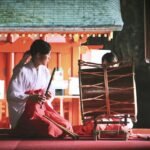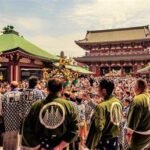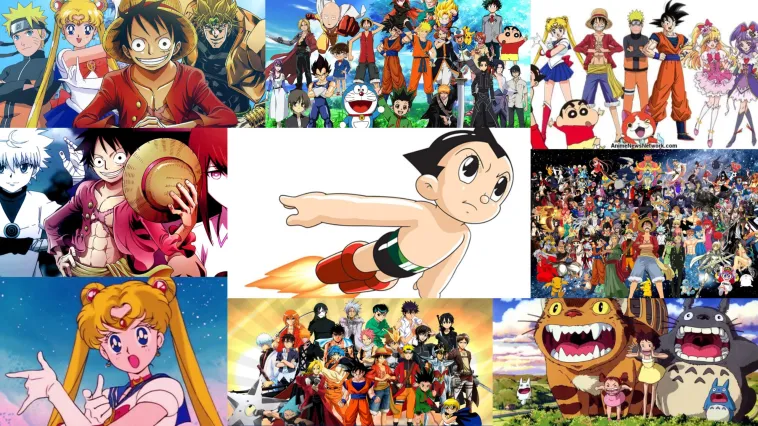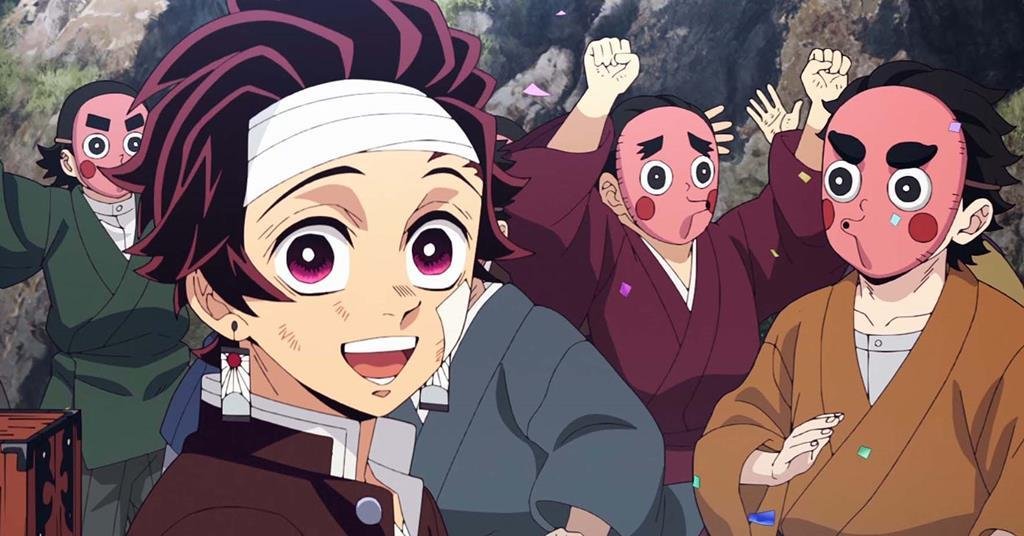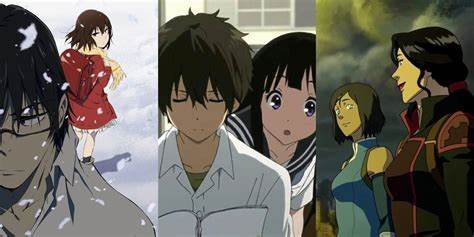Transforming a manga into an anime film is a complex and fascinating process that involves multiple stages of production. This journey from the pages of a comic to the screen involves a blend of creative artistry, technical skill, and collaborative effort. Here’s a detailed look at the process of adapting manga into anime films.

Selecting the Manga
The first step in creating an anime film is choosing a manga to adapt. This decision is often based on the manga’s popularity, story depth, and visual appeal. Production studios and directors look for manga with compelling narratives and strong fan followings that can translate well into animation.
- Example: Attack on Titan – This manga was chosen for adaptation due to its gripping storyline and expansive world-building, making it an ideal candidate for a high-impact anime.
Securing Rights and Collaborations
Once a manga is selected, the production team secures the rights from the manga’s creator or publisher. This involves legal agreements and often collaboration with the original creators to ensure the adaptation remains faithful to the source material.
- Example: My Hero Academia – The creators of the manga, Kōhei Horikoshi, worked closely with the anime team to ensure the adaptation captured the essence of his work.
Developing the Script
The next step is adapting the manga’s storyline into a screenplay or script suitable for animation. This involves condensing the manga’s plot, developing dialogue, and structuring episodes or scenes to fit the film’s runtime.
- Example: One Piece Film: Strong World – The screenplay adaptation needed to integrate the manga’s expansive world and numerous characters into a coherent and engaging film script.
Storyboarding and Pre-Production
During pre-production, the storyboards are created to visualize the script. Storyboarding involves drawing key scenes and sequences to plan the film’s pacing, camera angles, and action. This stage is crucial for establishing the visual flow of the film.
- Example: Naruto Shippuden: The Movie – Detailed storyboards helped translate the manga’s dynamic action scenes into fluid animation sequences.
Designing Characters and Environments
Character and environment designs are developed based on the manga’s art style. Artists create detailed character models, backgrounds, and props, ensuring they align with the manga’s aesthetic while adapting them for animation.
- Example: Spirited Away – Studio Ghibli artists designed intricate environments and character models that captured the manga’s fantastical elements.
Animating Scenes
Animation involves creating the moving images that bring the story to life. This process includes several steps:
- Key Animation: Artists draw the major frames of each scene to define the primary motion.
- In-Between Animation: Additional frames are drawn to fill in the gaps between key frames, ensuring smooth motion.
- Cleanup: Finalizing and refining the animation frames for consistency and quality.
- Example: Dragon Ball Z: Battle of Gods – The film’s animation team worked on fluid and dynamic action sequences to match the energy of the original manga.
Adding Special Effects and CGI
Special effects and CGI (computer-generated imagery) are added to enhance the visual appeal and realism of the animation. This includes effects like explosions, magic, or futuristic elements that require more complex visual techniques.
- Example: Your Name – The film used CGI to create stunning visual effects for its dream sequences and intricate cityscapes.
Recording Voice Acting
Voice actors record dialogue for the characters, bringing them to life with their performances. This process involves matching voice acting with the animated characters’ lip movements and emotional expressions.
- Example: Ponyo – The voice cast, including notable actors, delivered performances that matched the film’s whimsical and emotional tones.
Composing and Integrating Music
The film’s soundtrack is composed and integrated into the animation. Music plays a critical role in setting the tone, enhancing emotional moments, and supporting the narrative.
- Example: Howl’s Moving Castle – Joe Hisaishi’s musical score added a magical and emotional layer to the film’s storytelling.
Editing and Finalizing
The final stage involves editing the animation, integrating sound effects, music, and voice acting, and ensuring the film’s pacing and continuity. This phase includes reviewing and refining the final cut to ensure a polished and cohesive film.
- Example: The Tale of the Princess Kaguya – The film’s unique animation style required careful editing to ensure visual consistency and narrative flow.
Marketing and Distribution
Once completed, the film is marketed and distributed. This involves creating promotional materials, organizing premieres, and planning the film’s release in theaters, on television, or via streaming platforms.
- Example: The Wind Rises – Studio Ghibli’s marketing efforts helped generate international interest and successful global distribution.
Conclusion
The process of adapting a manga into an anime film is a complex and collaborative endeavor that involves various stages of development, from securing rights and scriptwriting to animation and final editing. Each step plays a crucial role in transforming a beloved manga into a visually compelling and engaging animated film.


